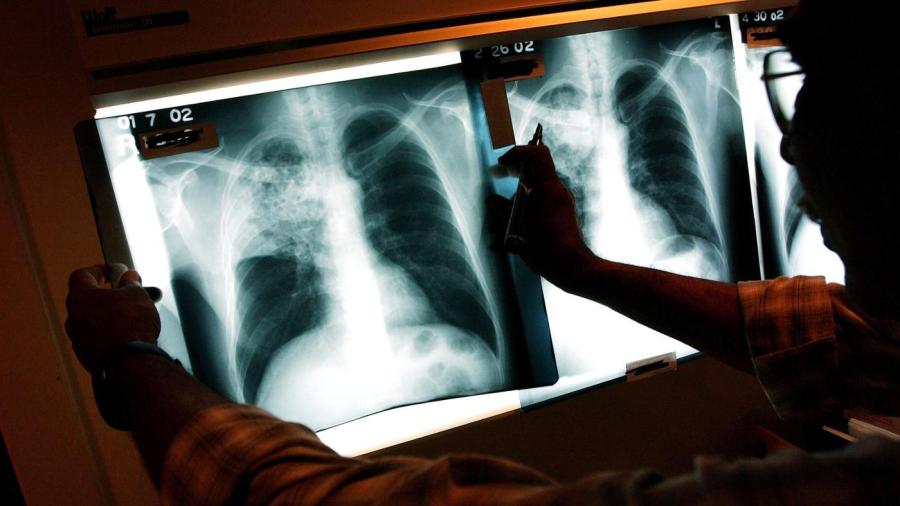What Are the Long-Term Effects of Tuberculosis?

According to Mayo Clinic, untreated tuberculosis can cause long-term damage in multiple parts of the body, including the bones, brain, liver, kidneys and heart. These areas are affected in addition to complications of the lungs. When tuberculosis spreads to other parts of the body, it exposes those areas to further infection and undermines their ability to function. Mycobacterium tuberculosis causes this contagious, but curable disease, according to Public Health England.
Once tuberculosis reaches the bones, it can cause long-term destruction of joints, according to Mayo Clinic. TB in the bones can damage the ribs as well. TB also negatively impacts organ function. For instance, an affected liver or kidney loses optimal capacity to filter waste substances from the blood circulatory system. When TB infects the human heart, the organ’s capacity to aid in blood circulation is substantially compromised. If TB penetrates the brain, it can cause meningitis: This condition can lead to death due to swelling of membranes around the brain and spinal column.
The United Kingdom’s NHS explains that pulmonary TB affects only the lungs, and it can typically be treated using antibiotics, such as isoniazid and rifampicin. This treatment method requires a long-term, six-month course of medication. The medication is to be taken every day until completion of the prescribed dosage. This type of treatment works on other TB-affected organs as well, but may require a 12-month course of antibiotics. The NHS confirms that TB can result in death, if the lungs become too severely damaged to function properly.





